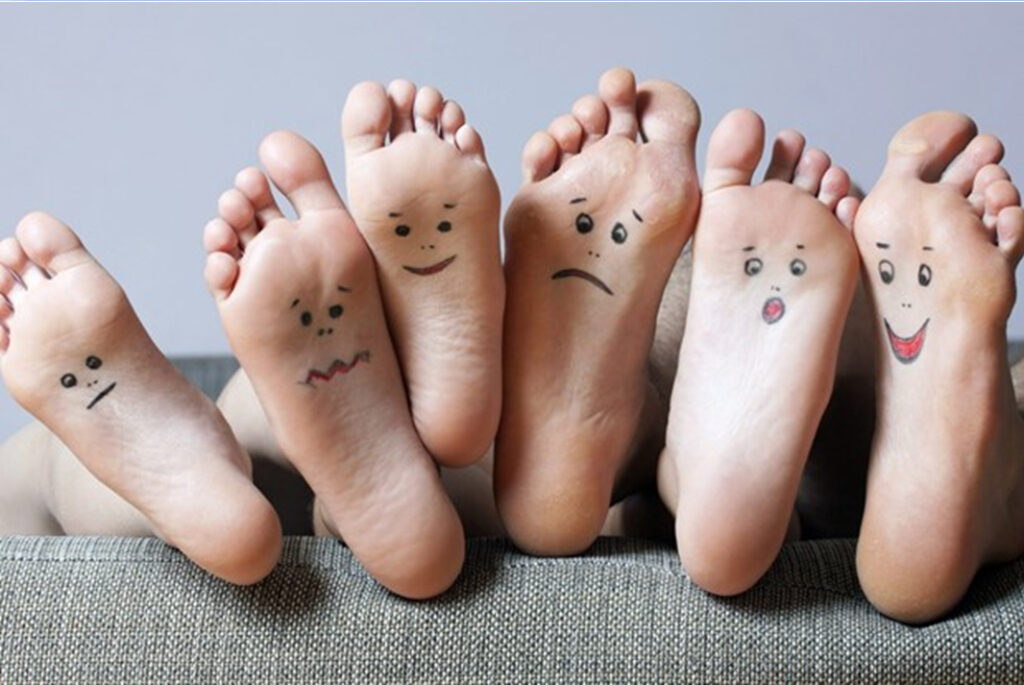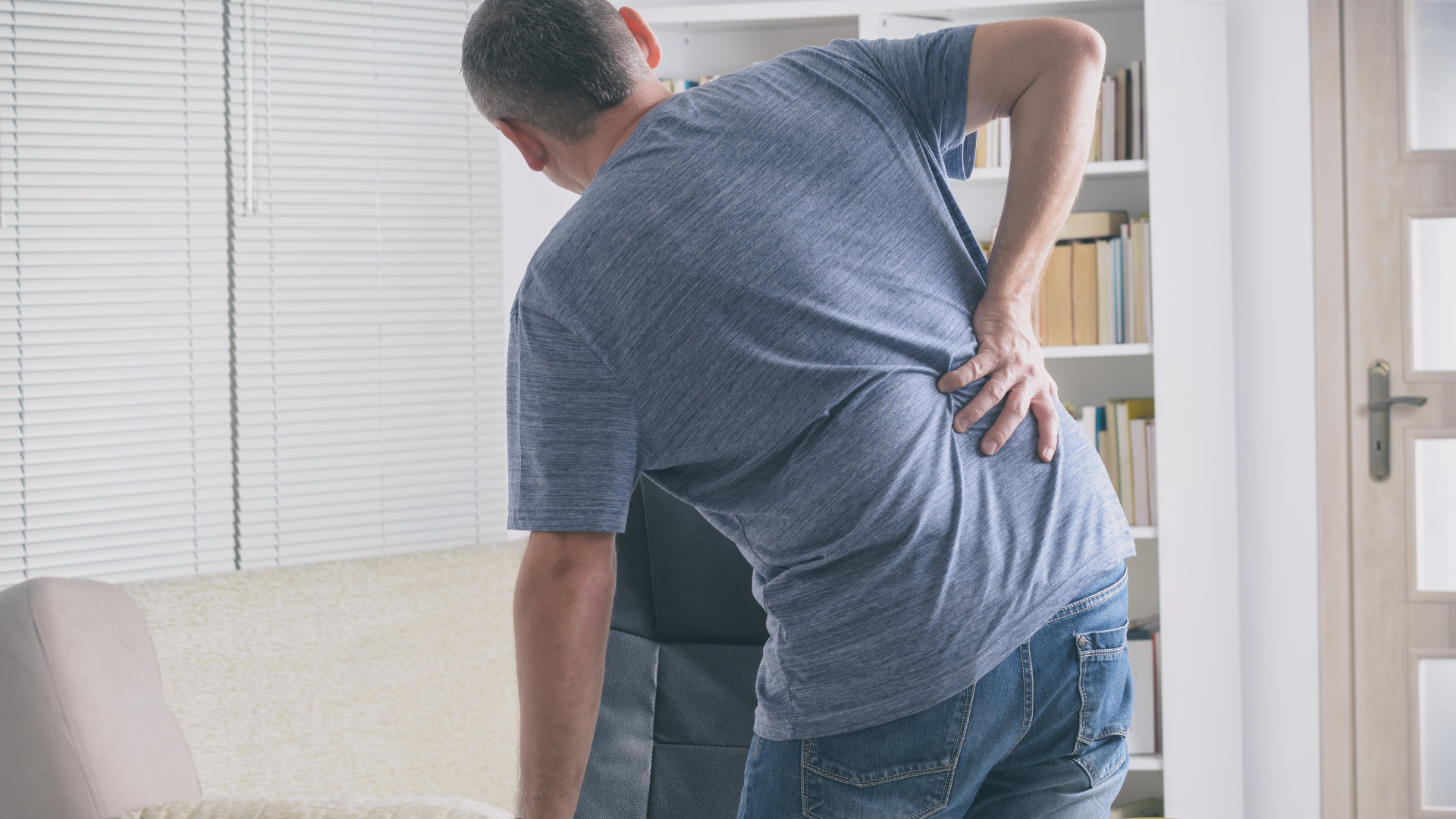You’re hard on your feet. Your feet have likely taken at least 8,000 steps each day. And let’s be honest, how much do you know about your feet? It’s time to start paying more attention. Begin here!
1. Not all flat feet are bad feet

Most people have a gap under the arch of their foot when they are in a standing position. The arch, the inner part of the foot is slightly raised off the ground. People with flat feet or fallen arches either have no arch, or it is very low.
However, some people with flat feet have good foot and leg muscle tone that helps in foot function, hence have no issues with their foot structures. In short, foot function is more important than foot structure. At Physio & Sole Clinic, we do not prescribe orthotic devices/insoles to patients who do not have foot function issues. Podiatrists who believe in muscular strength and gait retraining are able to give patients holistic and practical advice to manage their foot problems.
2. Not all foot problems require customised foot orthoses/insoles

There are three broad types of insoles/orthotic devices available: Pre-Fabricated General Insoles, Semi-Customised Insoles and Customised Insoles. Research have shown good recovery of patients who use general and semi-customised insoles, provided their foot structures fit those insoles well. At Physio & Sole Clinic, about 70% of our patients are able to use these more affordable insoles effectively and have good recovery rates. Be aware of what you are being prescribed by your podiatrist. You might not require top range insoles for your condition. A professional and ethical podiatrist should explain to you the options available and the pros and cons of each type of insole in relation to your foot condition, so you can make an informed decision.
3. Don’t go barefoot in a public shower.
Gym showers and locker-room floors can be ideal breeding grounds for fungus or viruses that can cause athlete’s foot or warts. Therefore it is good practice to wear slippers in such premises. When drying your feet, take extra care to dry thoroughly and in between your toes.

4. Pointed high heels shoes are the worst culprits for foot pain and deformities

Pointed shoes push the big toe towards the smaller toes, which will cause the big toe joint and tendons to stiffen up. This can result in foot deformities like bunions and hammer toes. Your ideal high heels should be ones with a wide toe box and heels under two inches.

5. Toenail fungus can be very stubborn

If your toenails have started to discolor or are becoming thicker and more brittle, it is most likely a fungal infection. While the consumption of antifungal pills helps in clearing up the fungal infection, the chances of recurrence are high. You might require long term anti-fungal topicals, or the use of photodynamic antifungal light therapy.
Fungus thrive in warm, moist environments and can invade the skin through tiny cuts or the small separation between the nail and nail bed. So always remember to keep your foot dry and change out of sweaty socks to keep fungi at bay.
6. Diabetics need to take special care of their feet
If you have diabetes, check your feet daily for blisters, cuts, redness, and ulcers. If wounds are neglected, you may develop an infection, which could lead to serious consequences, including amputation.
7. If you keep spraining your ankle, you might not be just clumsy
You may be genetically pre-disposed to weak ankles, therefore it is important you strengthen your injury-prone ankles. Try these moves!

While standing on a step, go to your tiptoes slowly and come back down. Repeat 30 times. Do just one set a day. Try progressing to single leg raise once your ankles are stronger.

Another simple reason might be because you are not lacing your sneakers right.You can conduct a Heel Lock lacing method that will stabilise the ankle and firm up the heel, reducing the incidences of ankle sprains.
8. You can use deodorant on your feet.
Many people actually do not know this, but underarm deodorants are very effective in reducing sweat production in the feet as well, thereby preventing foot odour. Just don’t use the same one for both feet and underarms!

9. Realize when it’s time to retire old shoes
If your feet ache, the solution may be as simple as buying new shoes, Shoes don’t last forever, and wearing a pair past its lifespan often does not offer as much support and cushioning. What you can do to check: Put the shoes on a flat surface. If it doesn’t lie flat, the shoe has worn unevenly, which could be contributing to overuse injuries or other pains.

10. It’s not your imagination: your feet can really get bigger
Even if you didn’t put on weight, chances are your feet has grown at least a half-size in the last decade. Feet can become both longer and wider as you age because the tendons and ligaments that link the small foot bones lose their elasticity, and when our muscles age and get weaker. Get your feet measured professionally at least once a year so you know your true size. Other factors that cause feet size increments include pregnancy and menopause stages.
Wearing shoes that are not fitting properly can cause more than discomfort—it can create or accelerate a bunion or cause blisters, among other issues.

We hope to have been able to enrich your knowledge on foot care and certain foot conditions. Drop us a line if you have other queries related to your feet!






